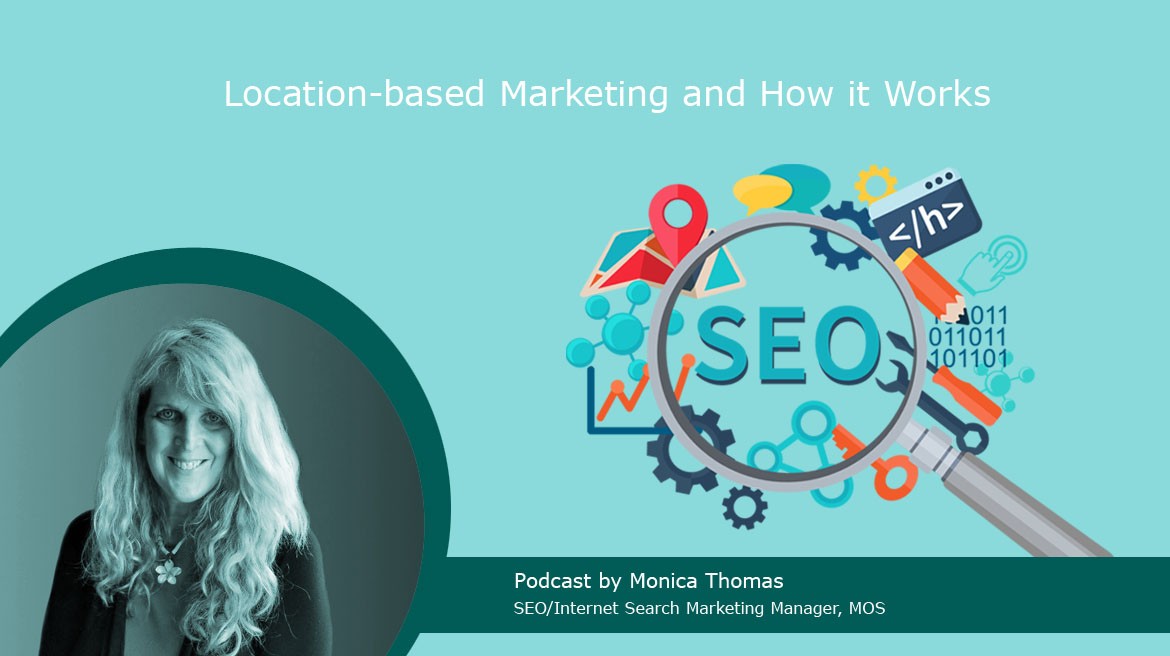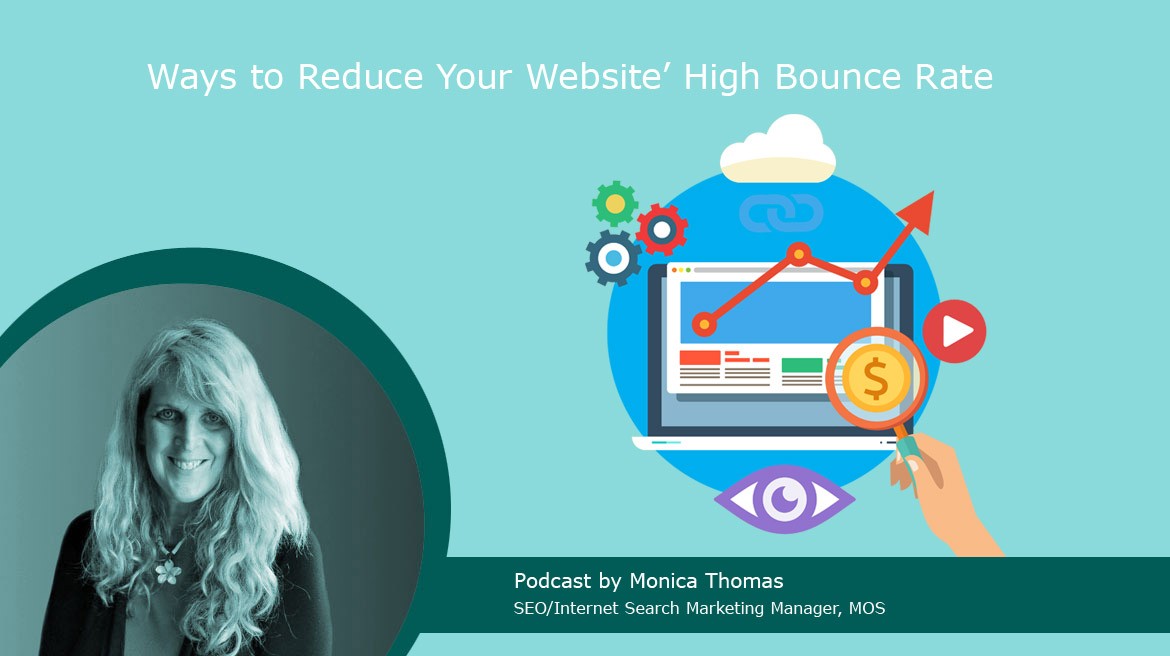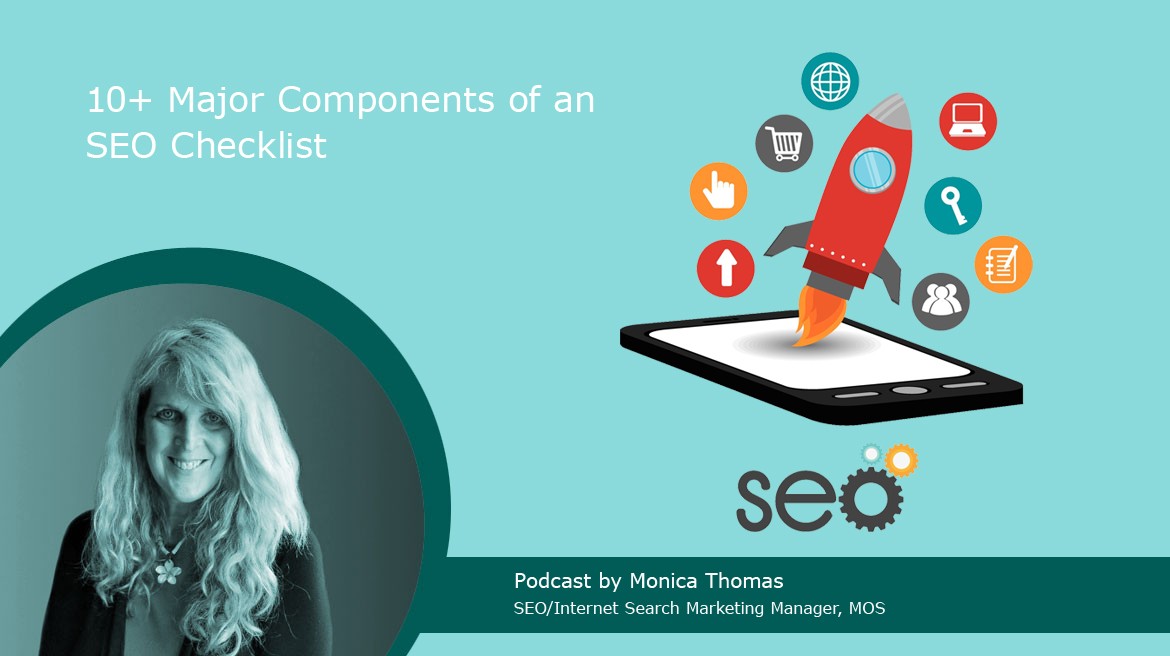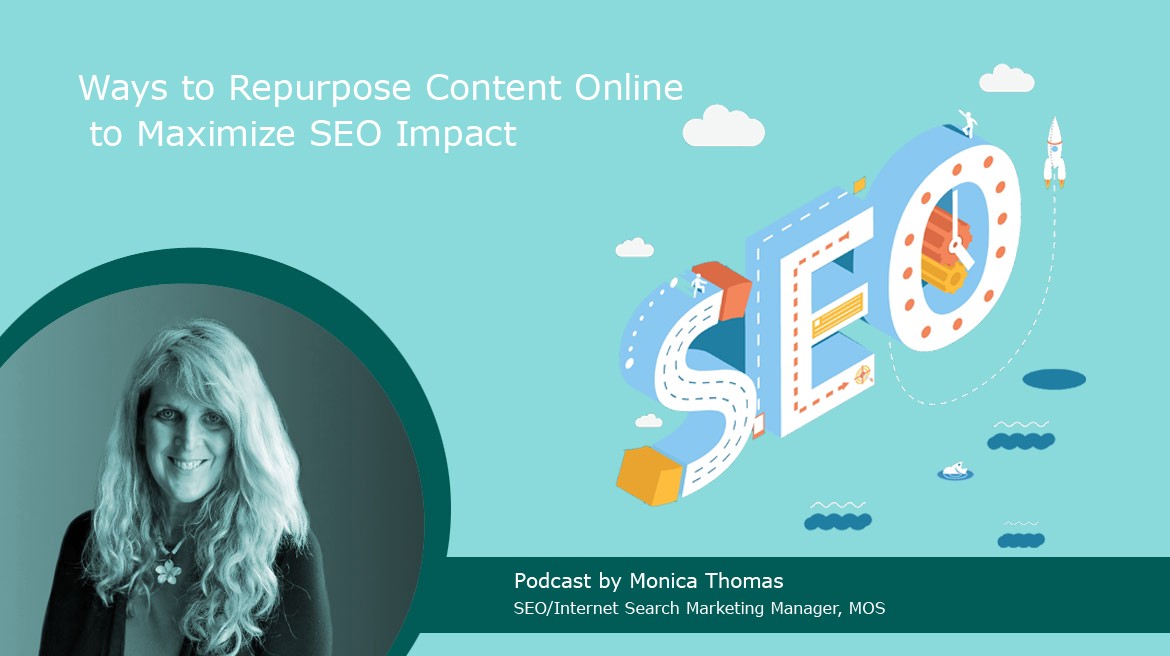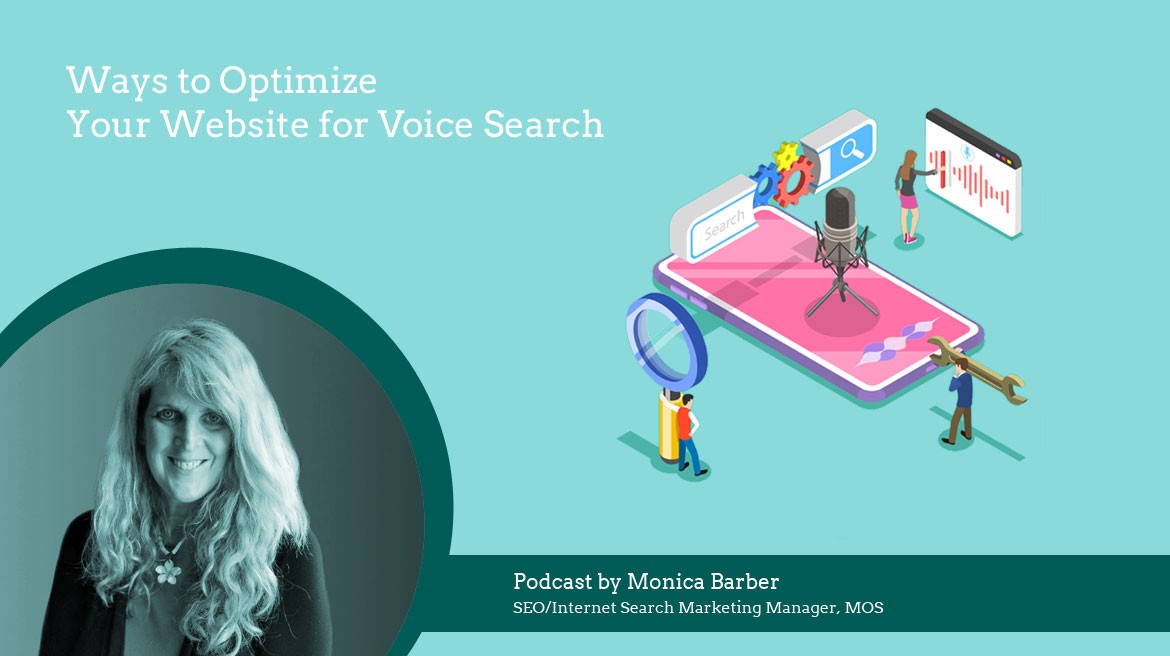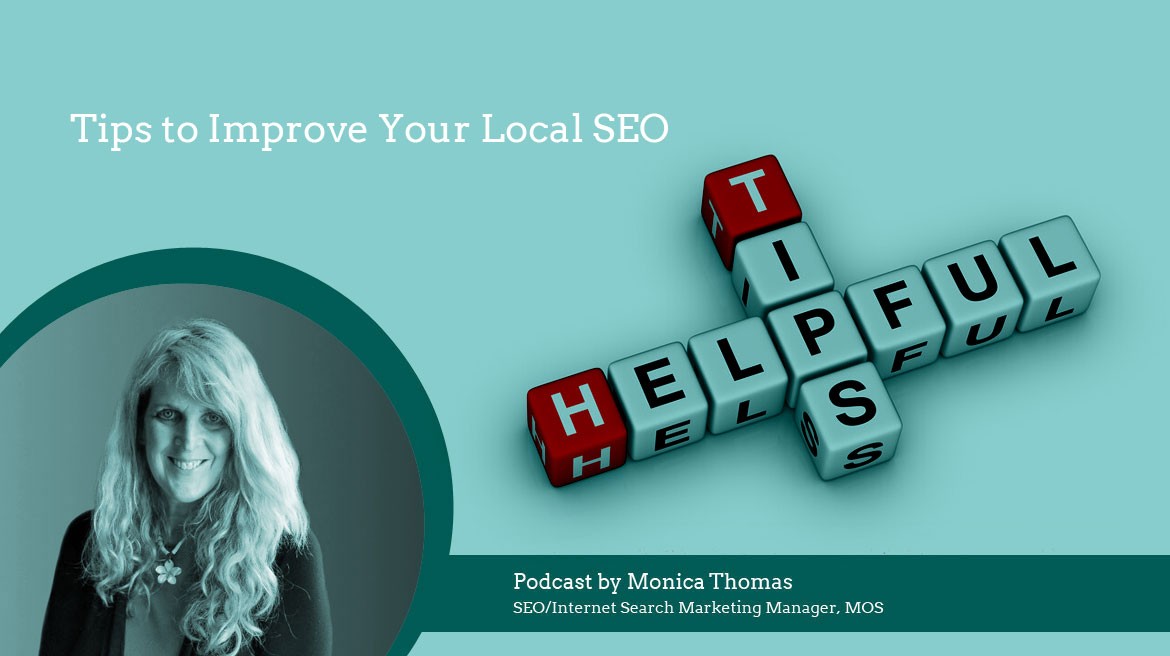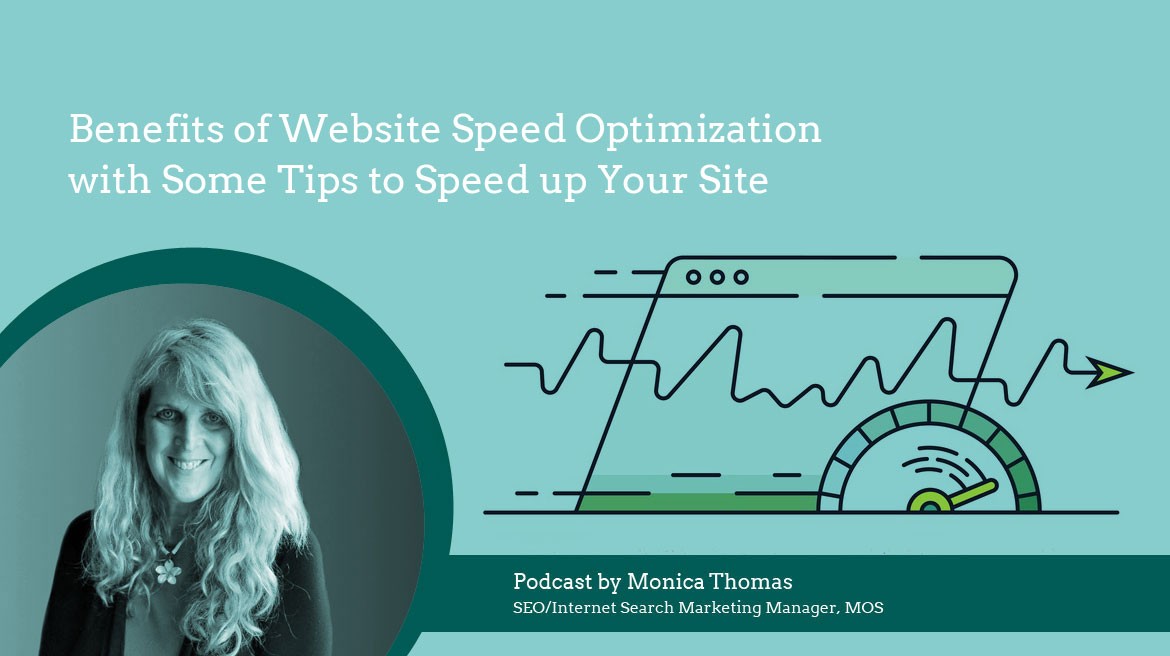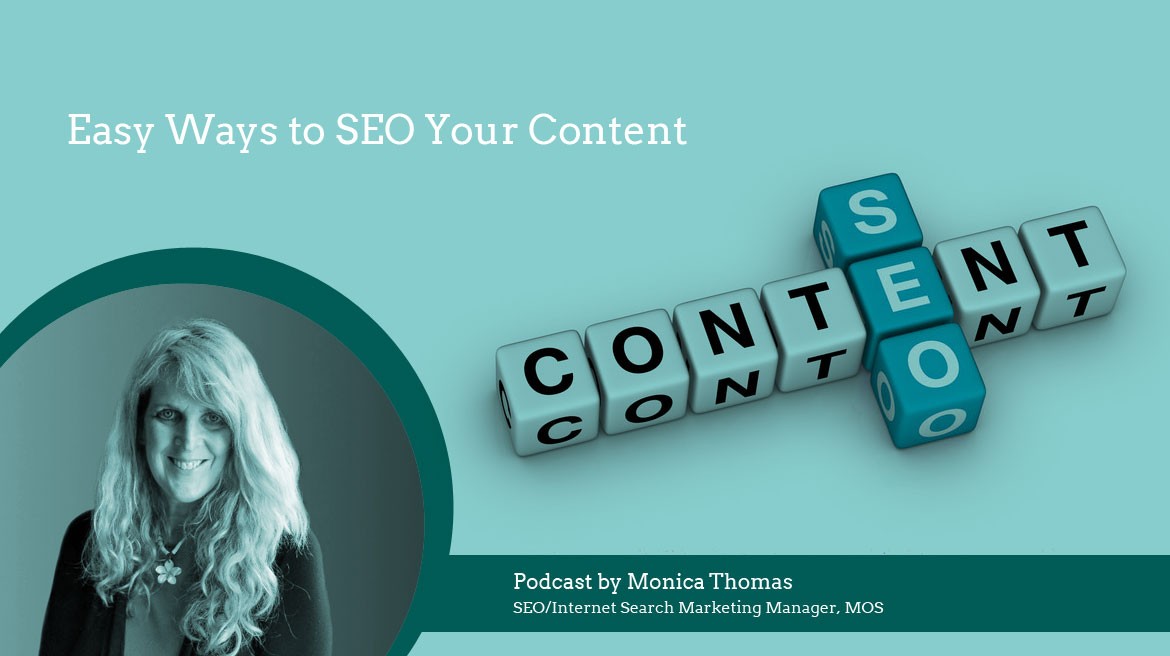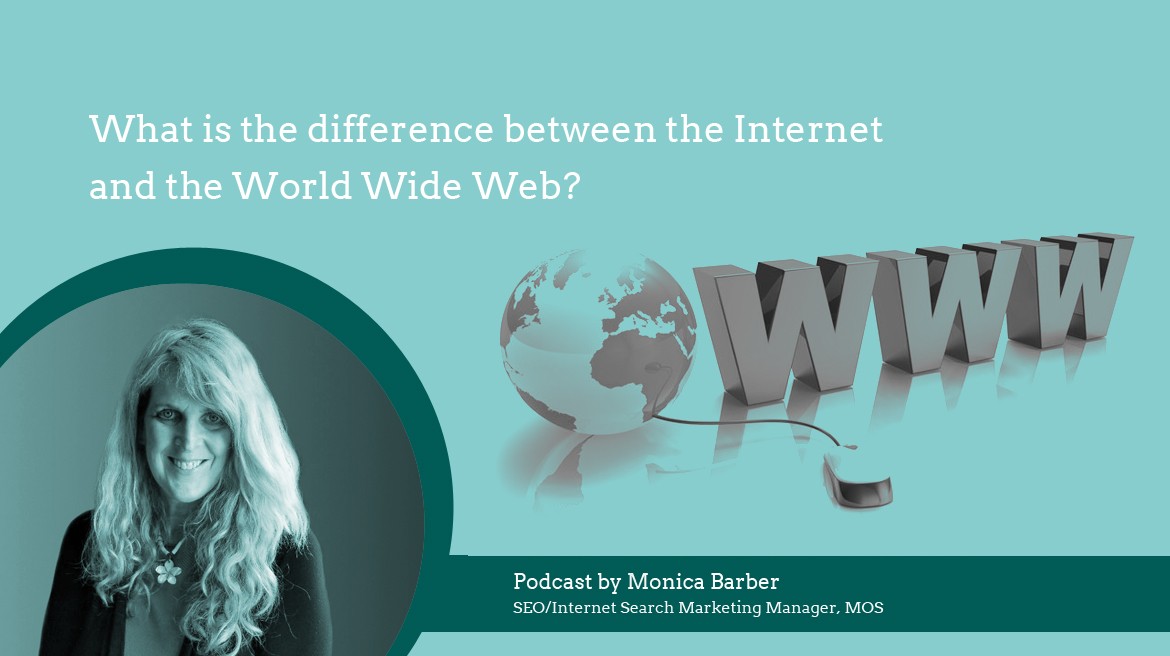Location-based Marketing and How it Works This is Monica Thomas the Search Marketing/SEO manager for medresponsive.com This week’s “Five Minute SEO” podcast will cover the major components of Location-based Marketing and How it Works. Though not a new concept, location-based marketing is getting more relevant, mainly for local businesses of any type, to reach the right … Listen to the Podcast now!
